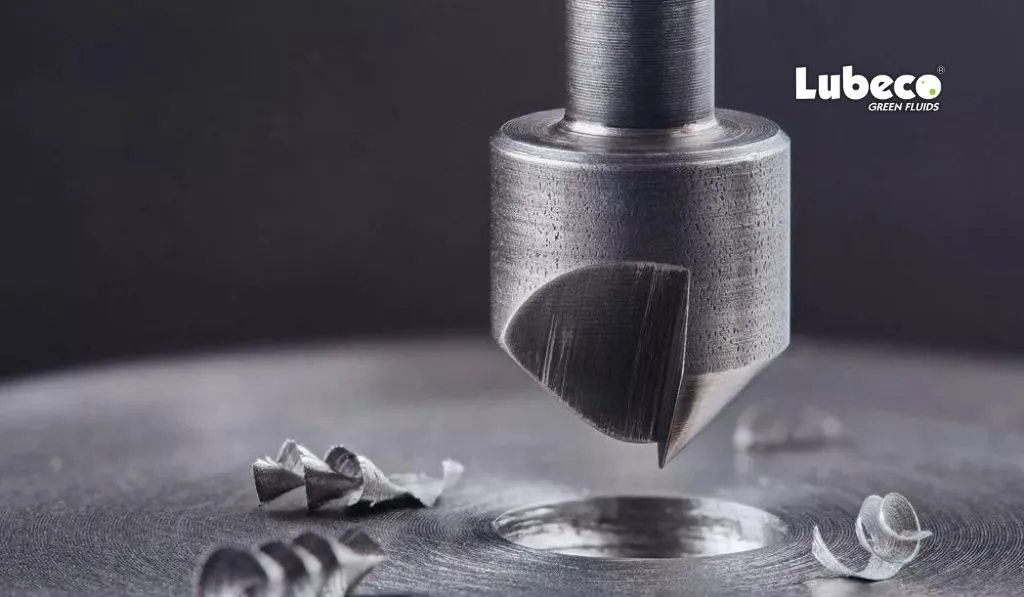Explore the magic of cutting fluids! From cooling hot metal to easing the grind, discover how these silent partners keep your machines running smoothly in the world of metalworking.
Introduction:
In the world of metalworking, precision is paramount, and the choice of cutting fluid plays a pivotal role in achieving seamless, efficient cuts. This blog explores the common cutting fluids used for cutting metals, shedding light on their distinct properties and applications.
What are Cutting Fluids?
Cutting fluids, also known as metalworking fluids, are liquids or gases used in machining processes to facilitate cutting, drilling, and grinding. Their primary purpose is to enhance tool life, improve surface finish, and aid in the efficient removal of chips from the workpiece.
Mineral-Based Cutting Oils:
Derived from petroleum, mineral-based cutting oils are renowned for their versatility. These fluids excel in reducing friction and heat during metal cutting processes, promoting extended tool life and enhancing overall machining efficiency.
Water-Based Cutting Fluids:
Water-based cutting fluids, including emulsions and synthetics, are eco-friendly alternatives gaining prominence. Emulsions mix oil with water, providing excellent cooling properties, while synthetic fluids offer superior lubrication, corrosion resistance, and reduced environmental impact.
Straight Oils:
Straight oils, also known as neat oils, are undiluted and are often mineral-based or derived from animal or vegetable sources. These cutting fluids offer robust lubrication and cooling, making them suitable for heavy-duty applications such as deep-hole drilling and broaching.
Soluble Oils:
Soluble oils, formed by diluting mineral oils with water, strike a balance between lubrication and cooling. Widely used in machining operations, these fluids enhance tool life and provide effective chip evacuation.
Synthetic Cutting Fluids:
Synthetic cutting fluids, formulated from chemical compounds, offer a high level of thermal stability, lubrication, and corrosion resistance. They are ideal for demanding machining processes, ensuring precision and prolonging tool life.
Vegetable-Based Cutting Fluids:
Derived from renewable sources, vegetable-based cutting fluids are gaining popularity for their biodegradability and low environmental impact. These fluids offer effective lubrication and cooling, making them a sustainable choice for certain metal cutting applications.
Aerosol-Based Cutting Fluids:
Aerosol-based cutting fluids are dispensed in a fine mist, providing targeted application and minimizing waste. These fluids are effective in applications where precise control of the cutting process is essential.
Conclusion:
Selecting the right cutting fluid is a nuanced decision, considering factors such as material being cut, machining process, and environmental considerations. From traditional mineral-based oils to modern, eco-friendly alternatives, the diverse array of cutting fluids available today underscores the importance of tailoring choices to the specific demands of metalworking. In the quest for precision and efficiency, the role of cutting fluids in the metal cutting process is undeniable, ensuring that every cut is a testament to the marriage of technology and technique.










